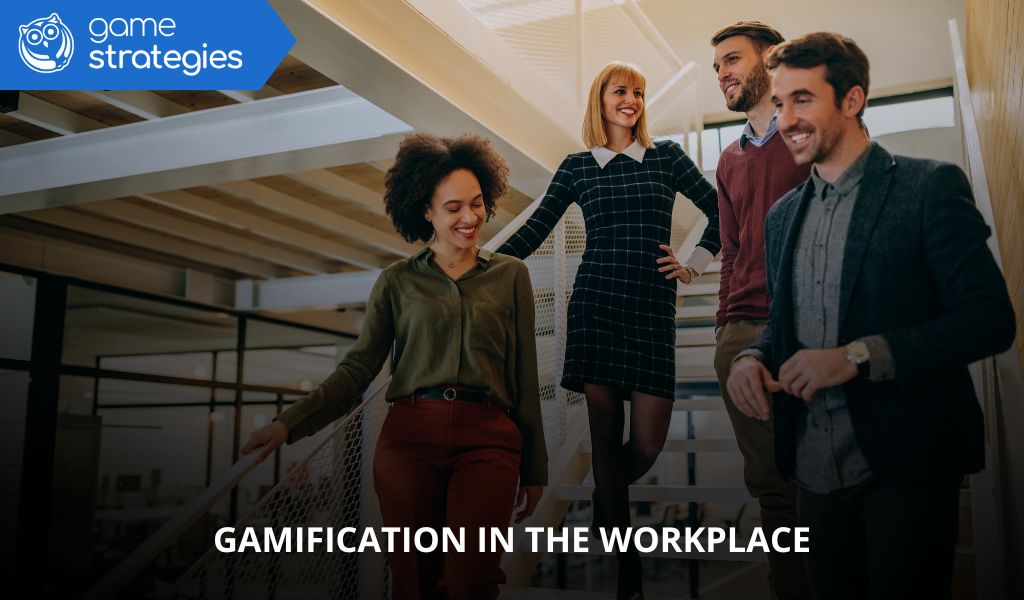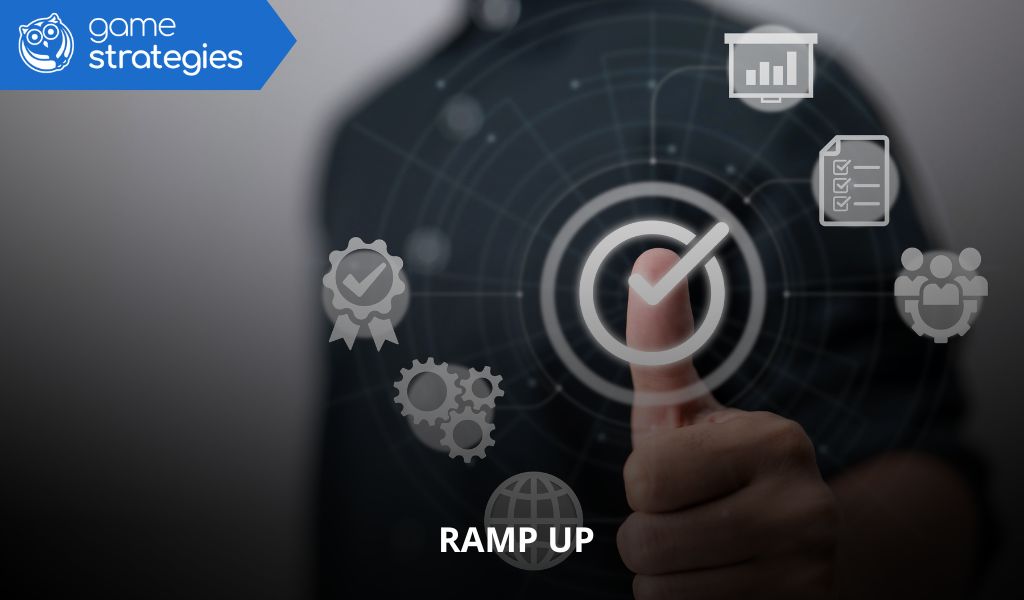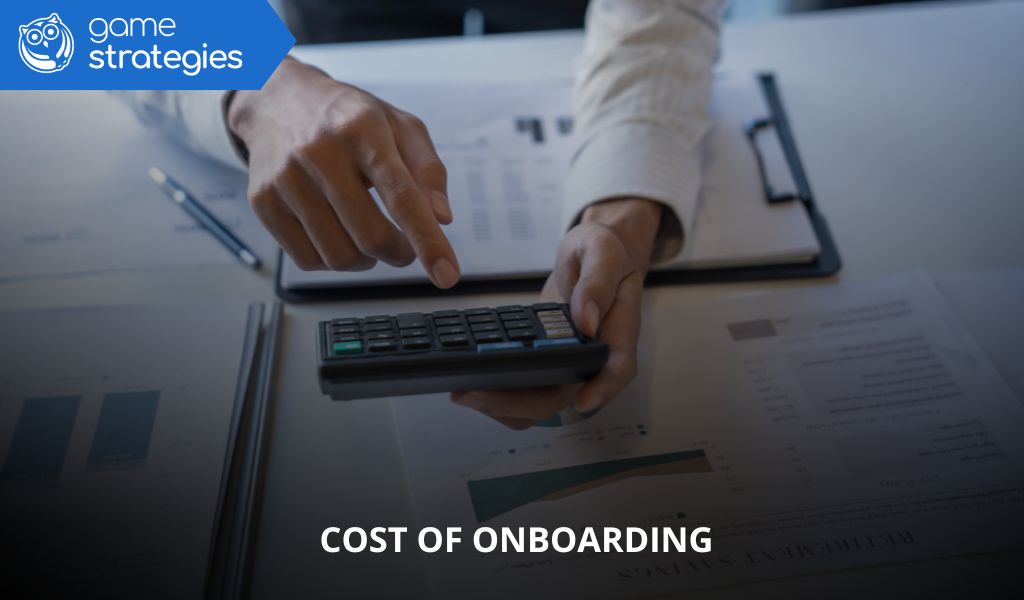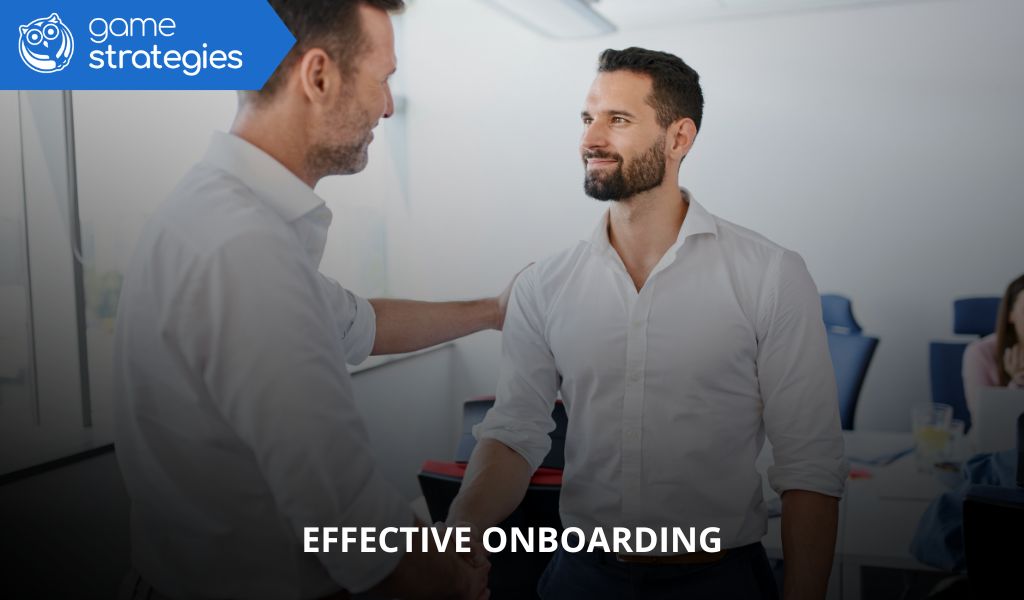Gamification in the workplace has experienced exponential growth in recent years. Companies and organisations across industries are increasingly using game-like elements to strengthen internal processes, drive strategy and enhance employee training. In this article from Game Strategies, we explain exactly what workplace gamification is and the benefits it offers organisations.
Beyond improving motivation and performance, gamification is also proving effective in promoting employee wellbeing and safety. In Spain, for example, the National Institute for Safety and Health at Work (INSST) has developed interactive tools and gamified dynamics to raise awareness around occupational risk prevention. Through games, simulations and playful educational platforms, the INSST aims to not only deliver technical knowledge, but also promote mental health, ergonomic practices and a culture of safety in the workplace.
What is gamification in the workplace and why is it transforming organisations?
Definition and foundations of gamification in the workplace
Gamification in the workplace is a strategy that applies game elements—such as points, medals, leaderboards, rewards and challenges—to non-game environments to increase motivation and engagement. In business contexts, its purpose is to make everyday tasks more enjoyable and drive active employee participation.
Evolution of the concept in professional environments
Originally used in marketing, education and healthcare, gamification has found fertile ground in the corporate world. It has evolved from simple scoring systems into comprehensive platforms that manage employee progress, reward achievements and encourage key competencies—showing its value as a long-term organisational tool.
Internal vs external gamification strategies
Internal gamification in the workplace focuses on enhancing the employee experience—training, onboarding or recognition—while external gamification is aimed at customers, such as through loyalty programmes or engagement strategies. Both can work in synergy when implemented effectively.
Key benefits of gamification in the workplace
Gamification in the workplace is more than just making tasks fun. It is a strategic approach to achieving business goals and reshaping how teams interact with their roles and each other. Below are the main benefits.
Increased motivation and team engagement
By incorporating rewards, instant feedback and clear goals, gamification in the workplace energises employees and fosters a dynamic environment with a strong sense of purpose.
Improved productivity and performance
Turning repetitive tasks into engaging challenges boosts output. Gamification transforms work into a more enjoyable and fulfilling experience, prompting greater effort from employees.
Development of key skills and competencies
Through purpose-built challenges, gamification in the workplace supports the development of decision-making, problem-solving and strategic thinking skills—all while keeping engagement levels high.
Stronger collaboration and teamwork
Group-based gamification dynamics promote cooperation. Shared goals and collaborative challenges help create stronger bonds among colleagues and reinforce team unity.
Reduced stress and improved employee wellbeing
By making tasks more enjoyable, gamification in the workplace helps reduce tension and enhances mental wellbeing. Positive reinforcement creates a healthier, more emotionally balanced environment.
Reinforcement of organisational culture
Gamification can support and amplify corporate values and goals in a playful, engaging way. It helps embed cultural principles across teams more effectively.
How to implement gamification in the workplace successfully

Successfully implementing gamification in the workplace requires strategic planning. It’s not just about giving points—it’s about creating meaningful, measurable experiences aligned with business objectives.
Clear and measurable objectives
The first step is to define your goals: improving retention, increasing productivity or raising employee satisfaction. These objectives should be specific, measurable and realistic.
Choosing the right tools and platforms
Select gamification tools that are easy to use, customisable, scalable and compatible with your existing systems. Numerous technologies are now available to support workplace gamification.
Designing effective game mechanics and dynamics
Game dynamics should include well-defined narratives, levels and feedback loops. Successful gamification balances challenge, progression and reward to maintain long-term engagement.
Launch, monitor and optimise
A successful launch needs clear communication and motivation. After rollout, monitor performance and make data-driven adjustments to improve outcomes continuously.
Challenges and risks of gamification in the workplace
Despite its many advantages, gamification in the workplace also presents risks that must be managed carefully. Addressing these challenges is key to ensuring a successful implementation.
Risk of negative competitiveness
Poorly designed gamification can lead to toxic competition. Systems should reward not only individual achievement but also collaboration and continuous improvement.
Risk of inequality among employees
Some gamified systems may favour competitive or extroverted profiles. To be fair and inclusive, design should accommodate different learning and participation styles.
Implementation and maintenance costs
Gamification can require significant upfront investment, especially in terms of technology and design. However, long-term benefits typically outweigh initial costs.
Dependence on technology and adoption challenges
Some employees may resist new technologies. It is crucial to provide training, technical support and a gradual introduction to new tools to ensure adoption.
How to measure the success of gamification in the workplace
Measuring results is essential to justify investment and improve performance. Evaluation mechanisms help refine your strategy and discover new opportunities.
Key performance indicators (KPIs)
Monitor metrics such as active users, engagement time, productivity gains and reductions in absenteeism to assess the real impact of your gamification efforts.
Feedback and participation analysis
Gather employee feedback to understand what works and what doesn’t. Insights from user responses help you improve your strategy and adapt it to real needs.
Continuous optimisation
Keep your gamification approach fresh with ongoing updates. New challenges, sustained effort rewards and adapted content help maintain impact over time.
Gamification in the workplace is no longer a trend—it is a transformative strategy that redefines how people learn, engage and grow within organisations. When designed and implemented intelligently, it boosts productivity, strengthens company culture and promotes a healthier working environment.
Ultimately, investing in gamification means investing in innovation and wellbeing—two pillars that underpin sustainable business success today.
¿De cuánta utilidad te ha parecido este contenido?
¡Haz clic en una estrella para puntuarlo!
Promedio de puntuación 0 / 5. Recuento de votos: 0
Hasta ahora, ¡no hay votos!. Sé el primero en puntuar este contenido.









